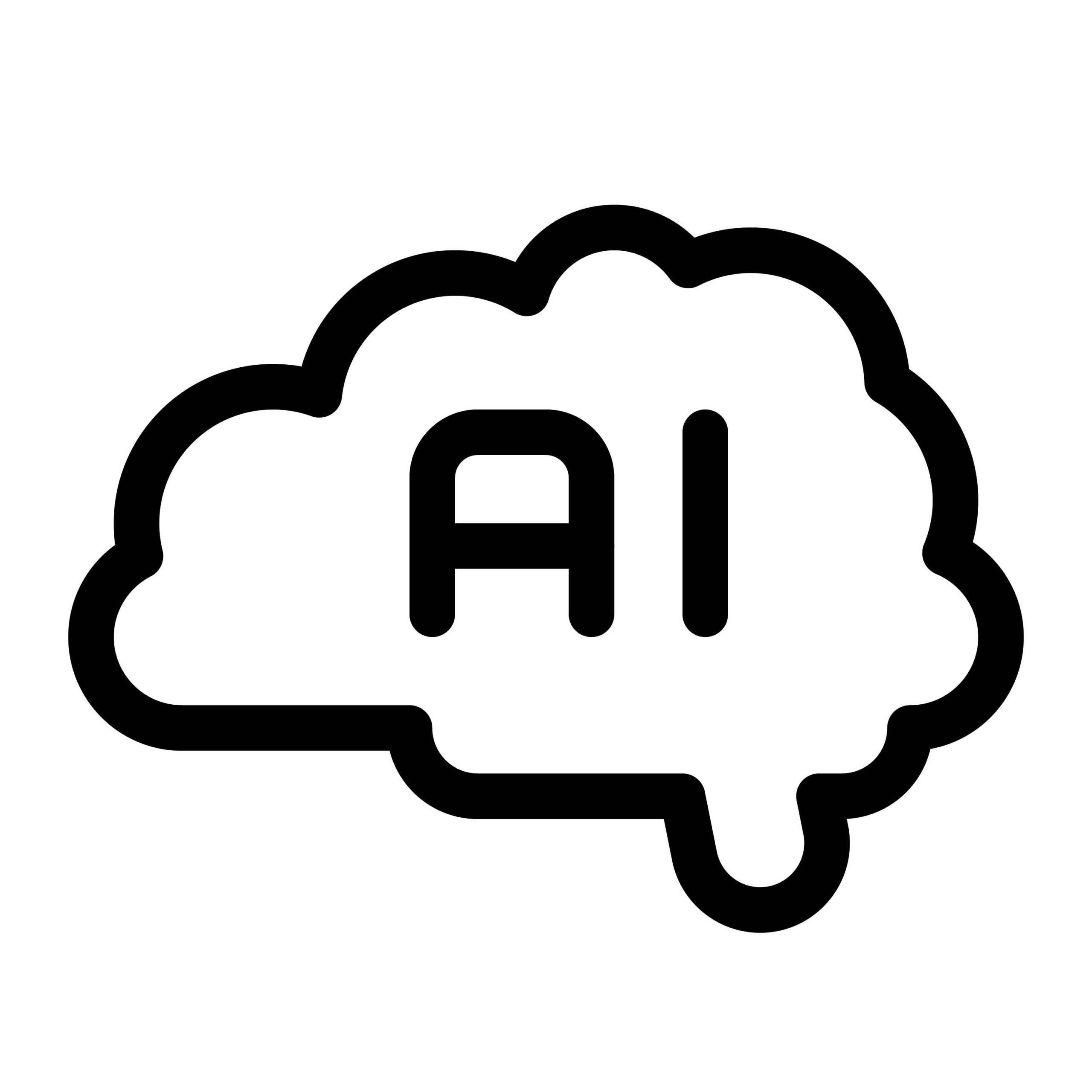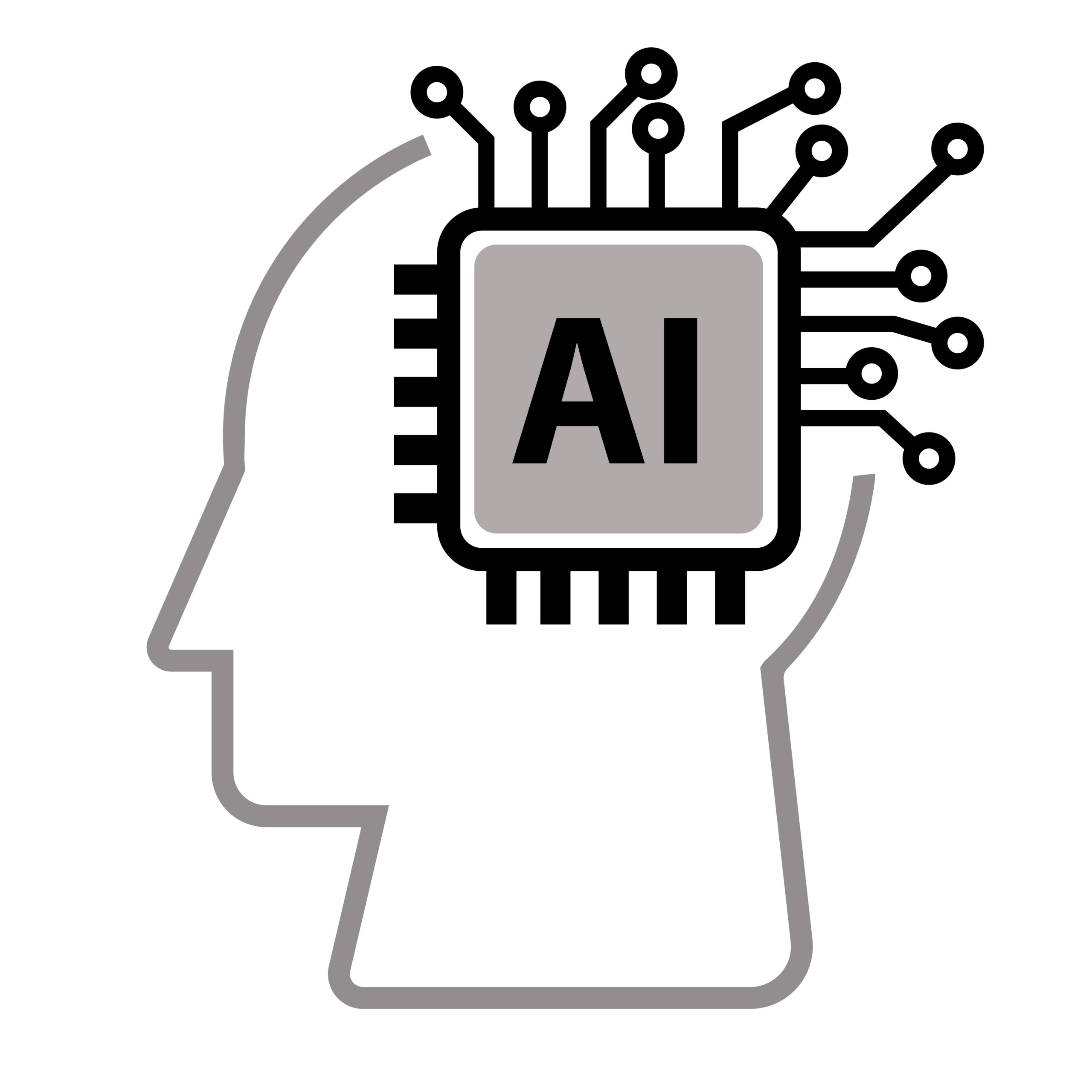Introduction: The new age of financial forecasting
In an unpredictable business world, staying ahead of financial trends is no longer optional—it’s essential. For decades, businesses have relied on traditional forecasting methods: spreadsheets, historical data, and human intuition. While these methods have their merits, they come with limitations—human error, static predictions, and a lack of real-time adaptability.
Enter Artificial Intelligence (AI), a game-changing technology that is revolutionizing financial forecasting. AI doesn’t just analyze past trends; it continuously learns, adapts, and refines its predictions based on real-time data, market conditions, and behavioral patterns. From small startups to global corporations, businesses are now leveraging AI-driven insights to make smarter decisions, anticipate cash flow fluctuations, optimize budgets, and mitigate financial risks before they arise.
But how exactly does AI transform financial forecasting? What are the tangible benefits, and how can businesses integrate AI-powered tools into their financial strategies? Let’s explore how this cutting-edge technology is shaping the future of finance.
The evolution of financial forecasting: From guesswork to AI precision
Financial forecasting has always been about predicting the future based on past performance. Traditionally, businesses relied on a combination of historical data, economic indicators, and expert intuition. However, these methods often fell short due to:
- Data silos: Financial data is scattered across different platforms, making real-time analysis difficult.
- Static models: Traditional forecasting relies on assumptions that may not account for sudden market shifts.
- Human bias: Predictions can be influenced by subjective judgments or overly optimistic expectations.
AI eliminates these inconsistencies by using machine learning algorithms that detect patterns and correlations within vast datasets—faster and more accurately than any human could. Unlike static models, AI-driven forecasting adapts dynamically, making continuous adjustments based on new data inputs. This means businesses can anticipate financial trends, respond to market changes in real-time, and make data-driven decisions with greater confidence.
Key benefits of AI in financial forecasting
A. Improved accuracy and risk reduction
One of the biggest challenges in financial forecasting is the risk of inaccurate predictions, which can lead to overestimating demand, cash flow mismanagement, or poor investment choices. AI solves this problem by eliminating human biases and inconsistencies.
- AI-powered models analyze billions of data points within seconds, ensuring high levels of accuracy.
- Unlike traditional forecasts, AI learns from past errors and continuously improves its predictions.
- Businesses can detect early warning signs of financial risks, such as declining sales trends or increasing operational costs, allowing them to make proactive adjustments.
B. Real-time forecasting and adaptability
Traditional forecasting models typically rely on fixed assumptions, making it difficult to adjust predictions as market conditions change. AI-driven forecasting, on the other hand, updates itself in real-time.
- AI detects micro and macroeconomic changes that may impact finances, such as inflation rates, consumer sentiment, or industry-specific trends.
- Businesses can pivot quickly based on changing circumstances, ensuring greater financial resilience.
- Cash flow forecasting becomes dynamic, helping businesses predict and prevent liquidity issues before they become critical.

C. Optimizing budgeting and expense management
AI doesn’t just predict revenue; it also helps businesses manage expenses effectively. By analyzing historical spending patterns, AI can:
- Identify areas where costs can be reduced without impacting business performance.
- Recommend optimal budget allocations for different departments.
- Detect wasteful spending or inefficiencies, such as unnecessary software subscriptions or excess inventory.
D. AI-powered scenario planning
AI allows businesses to create multiple financial scenarios, testing different strategies before committing to decisions.
- What happens if sales drop by 20% next quarter?
- How will a price increase affect customer demand?
- Will investing in new technology now lead to profitability later?
AI can simulate different economic conditions and customer behaviors, helping businesses prepare for best- and worst-case scenarios.
How businesses can start using AI in financial forecasting
Step 1: Choose the right AI tools
There are various AI-driven financial forecasting platforms available, ranging from basic analytics tools to advanced machine learning software.
- For small businesses: QuickBooks AI, Xero, and Float offer automated cash flow forecasting and financial insights.
- For larger enterprises: IBM Watson, Oracle NetSuite, and SAP AI provide complex financial modeling capabilities.
Step 2: Integrate AI with existing financial systems
AI works best when integrated into your current financial infrastructure. This means connecting AI to:
- Accounting software for real-time financial updates.
- CRM systems to analyze customer payment behavior.
- Supply chain management to optimize inventory forecasting.

Step 3: Train AI models for business-specific needs
AI is most effective when tailored to your industry and business model. Businesses should train AI models using internal financial data to improve forecasting accuracy over time.
Conclusion
AI is not just a tool—it’s a financial game changer. Businesses that embrace AI-powered forecasting gain a competitive edge by making more informed, precise, and proactive financial decisions.
With AI, companies can:
✅ Predict and prevent financial risks.
✅ Improve budgeting and expense management.
✅ Adapt to changing market conditions in real-time.
The future of finance belongs to those who leverage AI’s full potential. Is your business ready to transform financial strategy with AI?
